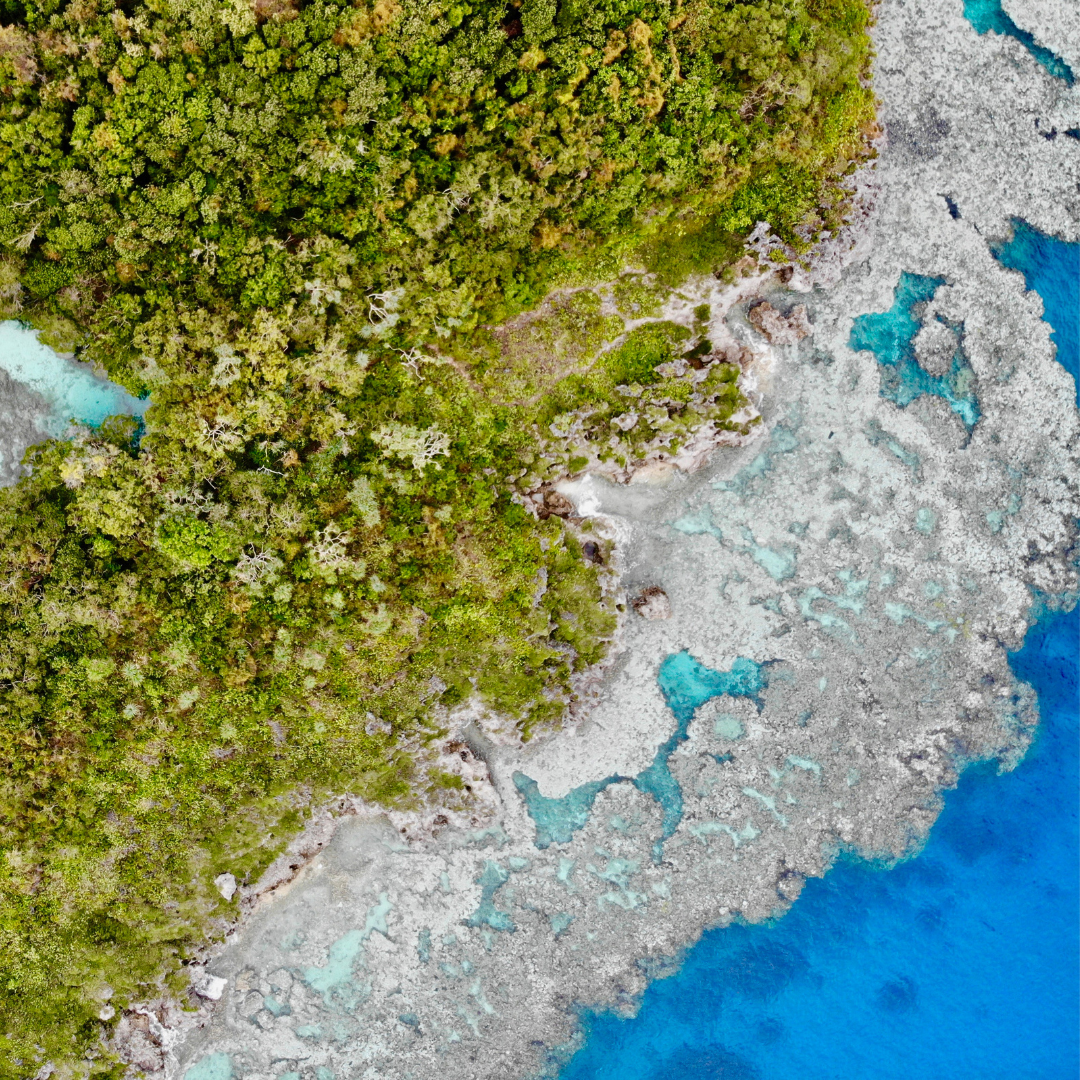Diving in New Caledonia: Exploring the Spectacular Coral Reefs and Marine Life

New Caledonia, a Pacific gem, presents a waterscape that is a diver’s canvas of wonders. Beneath its glistening surface lie realms that seem borrowed from fantasy, with coral kingdoms, marine citizens, and sunken stories that have shaped the archipelago’s history. As we embark on this deep-sea exploration, we’re not just diving into waters; we’re diving into an encapsulated universe, an evocative symphony of nature’s marvels. Prepare to be entranced, enlightened, and enthralled.
The Vibrant Coral Reefs: A Diver’s Paradise
If coral reefs were terrestrial territories, New Caledonia’s would be sprawling megacities of marine life. Home to one of the world’s largest lagoons, the reefs here are living masterpieces that paint the seafloor with vibrant hues. Dive down, and you’re greeted by sprawling gardens of hard and soft corals, each formation an ecosystem unto itself. These reefs are nature’s timeless architects, having shaped the islands’ underwater topography for millennia and providing refuge to countless marine species, making each dive an exploration of life’s dazzling diversity.
Popular Dive Sites and Shipwrecks
The underwater landscapes of New Caledonia are punctuated by sites that offer unique diving experiences. The Prony Needle, a giant natural spire, is a geological marvel that attracts schools of colorful fish. Dive sites around the Loyalty Islands, such as Lifou or Ouvéa, offer pristine conditions and diverse marine encounters. But it’s not just nature’s creations that captivate; human stories, encapsulated in sunken shipwrecks, await discovery. The wreck of “Dieppoise” near Nouméa is an eerie relic of history, its structures now claimed by marine life, making it a surreal dive experience.
Marine Species: From Colorful Fish to Majestic Turtles
The coral formations are undoubtedly the stars of New Caledonia’s underwater universe, but the marine species that call these reefs home are its pulsating heart. Clownfish, butterflyfish, and angelfish weave through coral labyrinths, their colors competing with the corals themselves. Beyond the fish, the gentle dugongs graze on seagrass meadows, while majestic turtles glide serenely. Rays, sharks, and myriad macro creatures further enrich the marine tapestry, ensuring that every dive is a new chapter in aquatic encounters.
Responsible Diving: Preserving the Marine Environment
With the splendor of New Caledonia’s marine realm comes the responsibility of preserving it. Divers are ambassadors of the surface world, and it’s essential to dive with minimal impact. Anchoring on reefs, touching marine life, or collecting souvenirs can cause irreparable harm. But responsible diving goes beyond just being passive observers. Participating in reef clean-up dives, being aware of buoyancy, and advocating for marine conservation can help ensure that New Caledonia’s underwater wonders remain pristine for generations to come.
Dive Training and Certification Opportunities
New Caledonia’s diverse diving offerings cater to both novices and seasoned divers. Numerous dive centers around the main island and the Loyalty Islands offer PADI and SSI certification courses, ensuring that even those new to diving can safely explore the underwater wonders. Advanced courses, like underwater naturalist or deep diver specializations, further enable divers to deepen their engagement with New Caledonia’s marine environment.
The Best Seasons for Diving
While New Caledonia’s waters welcome divers year-round, certain seasons elevate the diving experience. April to November, the cooler months, offer the best visibility, often exceeding 30 meters. The warmer months, from December to March, while witnessing reduced visibility, see a surge in marine activity, with various species engaging in mating displays, offering unique behavioral observations.
Photography Tips: Capturing Underwater Beauty
Underwater photography in New Caledonia is akin to capturing nature’s art. Wide-angle lenses are ideal for expansive reefscapes or shipwrecks, while macro lenses bring out the intricate beauty of smaller creatures. Utilizing natural light, especially during the golden hours of early morning or late afternoon, can bring out the best colors. Divers should also familiarize themselves with their camera’s white balance settings, ensuring accurate color representation at different depths. Remember, patience is key; often, the best shots come from waiting for the perfect marine moment.
Emerging from New Caledonia’s waters after a dive, one often feels reborn, touched by nature’s intimate embrace. It’s a realm where every coral polyp, every gliding ray, and every dancing fish tells a story of evolution, survival, and beauty. Diving here is not just a sport; it’s a communion with nature. It’s a reminder of our planet’s wonders and the urgency to protect them. And as the sun sets over the Pacific, casting golden reflections on the gentle waves, one can’t help but feel grateful – for the privilege of diving in such a paradise and for the responsibility it bestows upon us. Here’s to many more dives, discoveries, and dedications to our blue planet.


